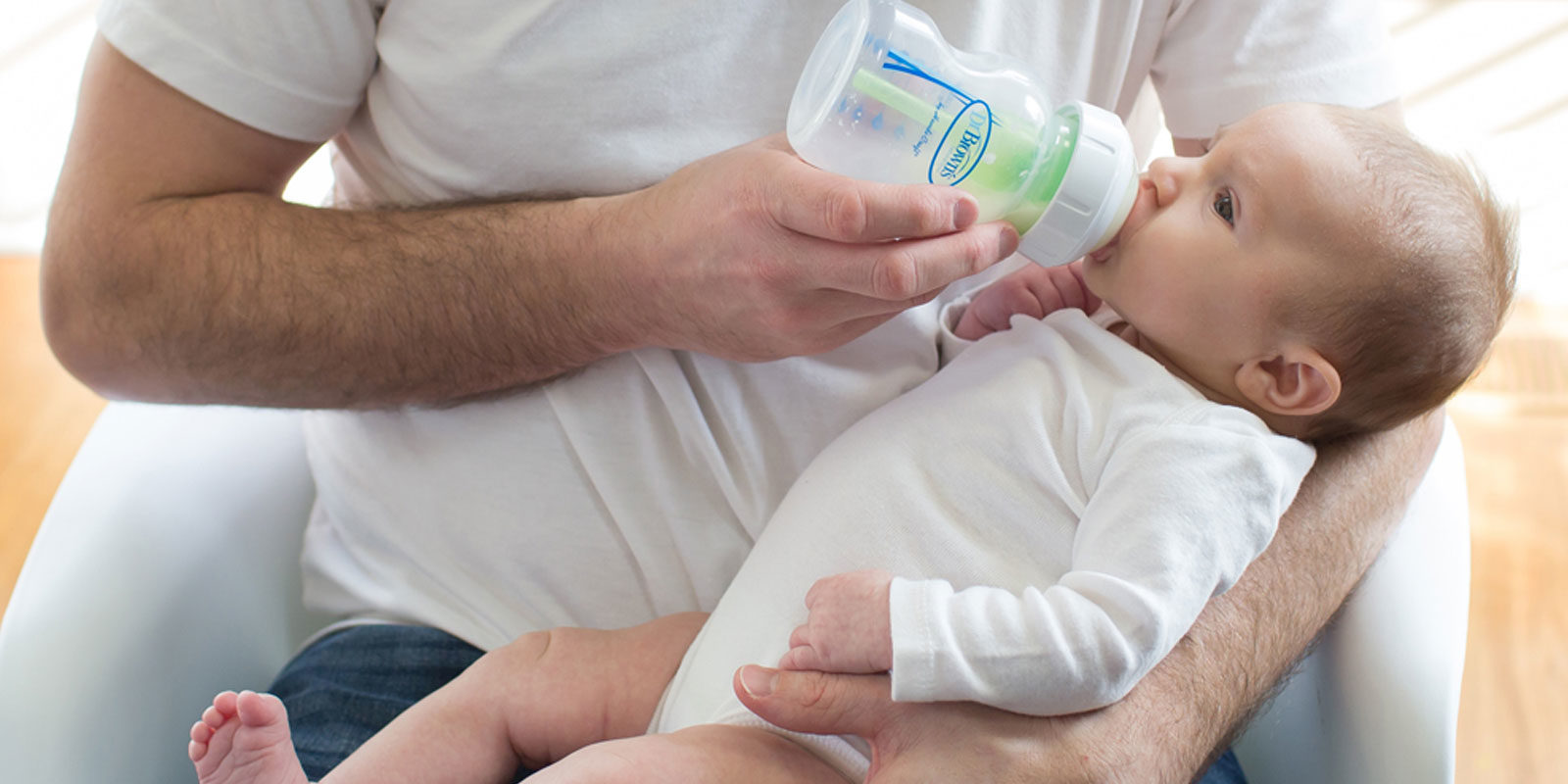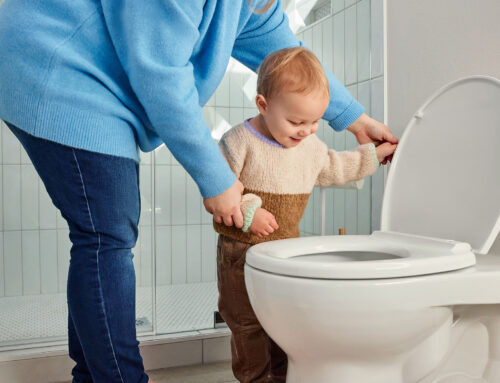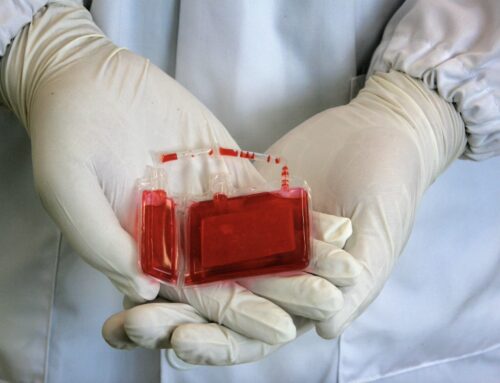Bottle-Feeding Your Baby
We all know that the most healthy option for most babies is to be beast-fed. But sometimes that doesn’t work out.
What are some benefits of bottle feeding?
Bottle feeding a baby, whether with formula or expressed breast milk, can offer several potential benefits:
- Flexibility and convenience: Bottle feeding allows other caregivers besides the mother to feed the baby, which can provide more flexibility and shared responsibility.
- Monitoring intake: With bottle feeding, it’s easier to track how much milk the baby is consuming at each feeding.
- Supplementation: For mothers who struggle with low milk supply, bottle feeding allows for supplementation with formula to ensure the baby gets enough nutrition.
- Medication compatibility: Some medications that a mother needs to take may not be compatible with breastfeeding, making bottle feeding a safer option.
- Return to work/school: Bottle feeding with expressed breast milk or formula can make it easier for mothers to return to work or school without directly breastfeeding.
- Involving partners: Bottle feeding enables partners or other family members to participate in and bond with the baby during feedings.
- Sleep management: In some cases, bottle-fed babies may sleep longer stretches at night compared to breastfed babies, which can benefit sleep-deprived parents.
However, it’s important to note that breastfeeding is still recommended as the optimal choice for infant nutrition and provides numerous health benefits for both the mother and baby when possible. The decision to bottle feed should be made with guidance from a healthcare provider while considering individual circumstances and preferences.
What are some tips for bottle feeding your baby?
Here are some helpful tips for bottle feeding your baby:
- Prepare bottles and supplies ahead of time. Have clean bottles, nipples, formula or breast milk ready before feedings to avoid fussiness.
- Hold your baby in an upright, semi-reclined position while feeding to prevent ear infections and milk from going into the nasal cavity.
- Allow your baby to take breaks during feeding and burp them frequently to release air swallowed during sucking.
- Pay attention to hunger cues and stop when your baby shows signs of fullness like turning away or falling asleep.
- Never prop the bottle as it can increase the risk of ear infections and choking. Always hold the bottle.
- Discard any milk left in the bottle after a feeding. Bacteria can grow in leftover milk.
- Sterilize bottles and nipples regularly by boiling, using a dishwasher with a heated drying cycle, or bottle sterilizers.
- Switch sides during feedings to allow your baby to use both eyes and promote neck muscle development.
- Try different bottle nipple shapes and flow rates if your baby seems to struggle with the latch or milk flow.
- Create a calm, quiet environment for feedings without distractions like TV or loud noises.
- Alternate breasts/bottles between feedings if using pumped milk to prevent painful engorgement.
- Never heat bottles in the microwave, as it can create hot spots. Use a bottle warmer or hot water instead.
Be patient, watch for cues, and allow your baby to guide the pace of feedings for the best experience. Consistent technique can help avoid issues like gas, spit-up, or overeating.




